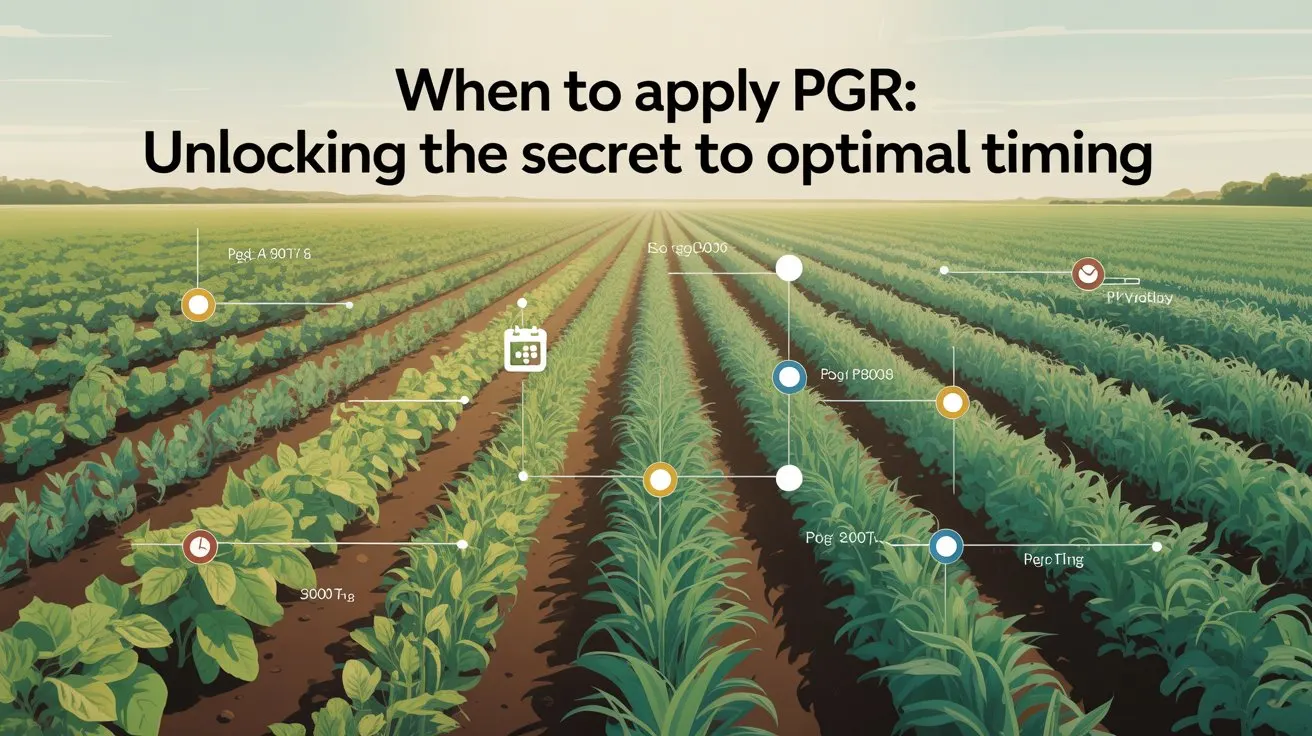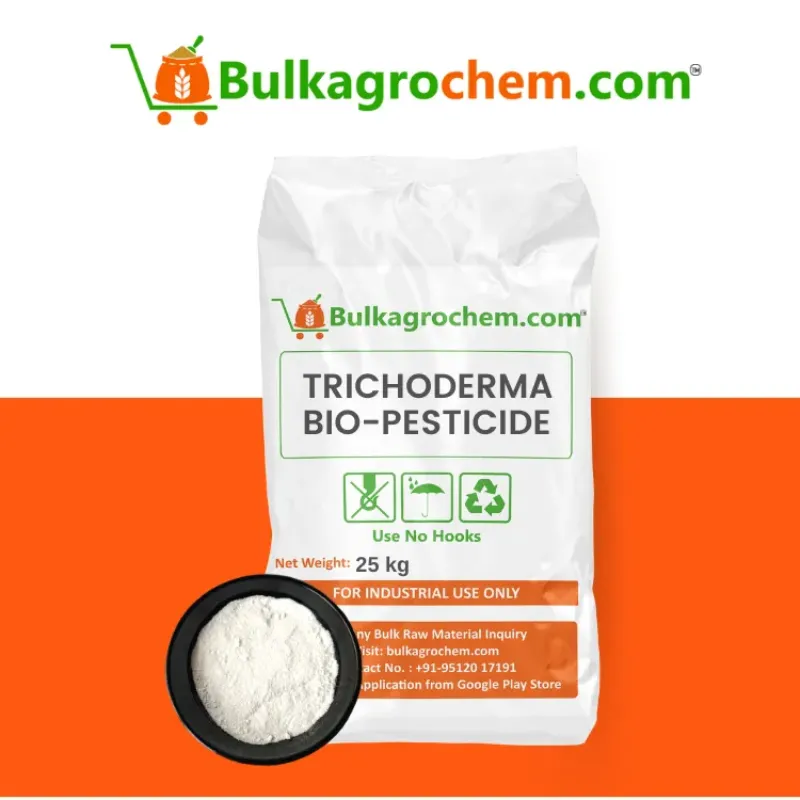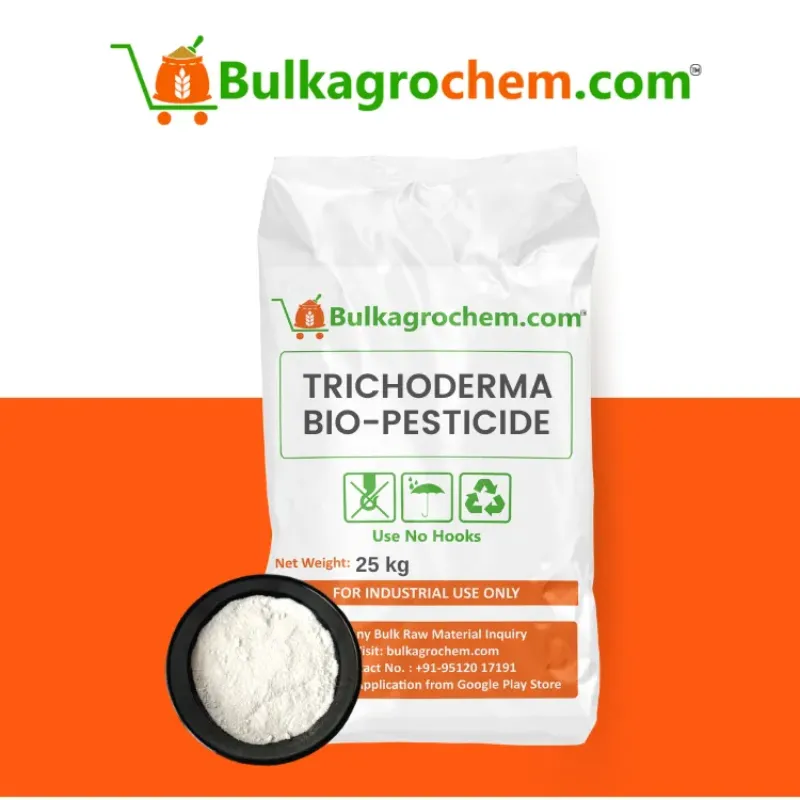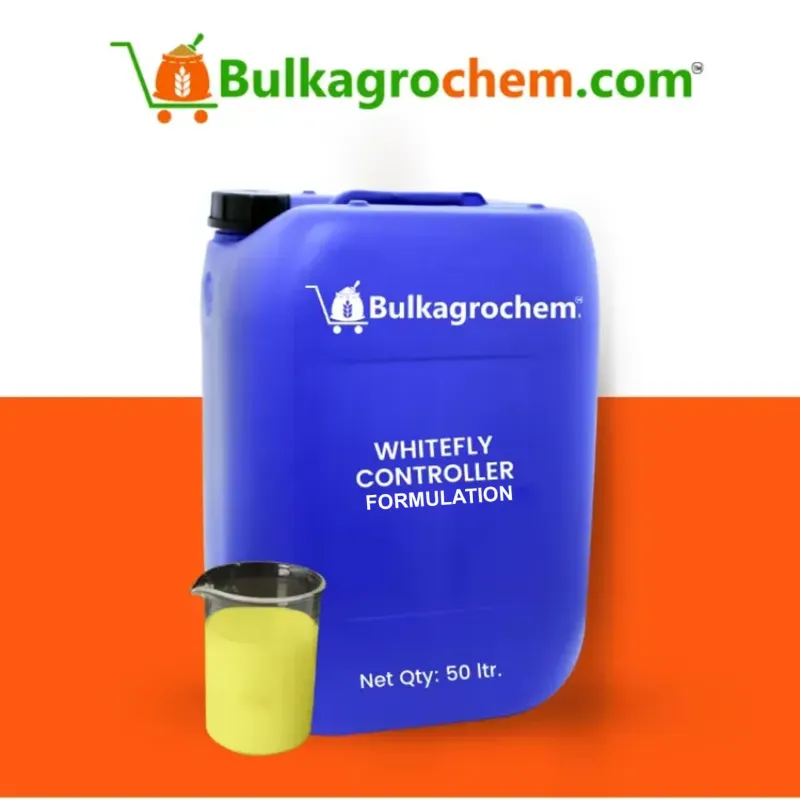It is important to understand when to apply PGR for maximizing crop response. In horticultural systems, this is typically during the early vegetative phase, pre-flowering, and at times of anticipated stress.
The response of the crop is determined by PGR combined with fertilizer. So applying pgr fertilizer in advance, prior to the canopies rapidly developing will ensure the fertilizer and regulators work together to enhance convention potentials for cell division and even leaf growth.
By monitoring your crop’s specific phenology, you can analyze the pre- and post-pgr impacts of your PGR use as a grower (root density, synchronizing flowering) to make adjustments to timing for the next season.
By coordinating PGR application timing with precise 'when to apply PGR schedules', while feeding your crops with regular pgr fertilizer, a grower can have stronger plant stands, more consistency and higher yield outputs while enhancing resource inputs every season.
Introduction: Understanding PGR and Its Role in Crop Management
Plant growth regulators (PGRs) are fine-tuned instruments - micro-dose hormones that guide development at key stages. Understanding when to apply PGR shifts us from broad approaches to targeted growth control.
What are plant growth regulators and “When to apply PGR” benefits
- PGRs behave like natural plant hormones that can:
- Stimulate cell division and elongation
- Synchronize flowering and fruit set
- Increase tolerance to stressful environments
PGR application timing:
- Vegetative booster: early leaf expansion
- Pre-flower: secure bud retention
- Pre-stress: prepare plants for heat or drought conditions
How pgr fertilizer integrates with regulator timing
When using both pgr fertilizer feeds and regulators we can utilize a single pass:
- We can do a root-zone drench at transplant for early vigor.
- We can use a foliar spray at canopy development—maximizing leaf area.
- Tank mix PGR last, and buffer to pH 5.5–6.5
The synergy facilitates the simultaneous arrival of PGR nutrients and signals, creating an efficient growth response and labor savings.
Impact on growth before and after PGR applications
- Before: variable stand establishment and delayed bloom
- After: rapid canopy closure, synchronized flowering and a 15–20 % yield uplift
By tracking these pgr before and after metrics, you refine timing year over year and continually boost crop performance.
The Science of Timing: Why “When to Apply PGR” Matters
Applying PGRs at the right moment triggers key hormonal cascades, amplifying natural growth signals precisely when plants are most responsive.
Hormonal effects before and after regulator use on plant physiology
Before PGR application, endogenous hormone levels may lag behind developmental demands; after when to apply PGR correctly:
- Burst of cell division in meristems
- Enhanced vascular development for nutrient transport
- Accelerated stress-response gene activation
Interaction of PGRs with pgr fertilizer uptake
Coordinating pgr fertilizer and regulator timing ensures roots and leaves absorb both nutrients and signals simultaneously:
- Pre-fertilizer PGR drench primes roots to uptake N–P–K more efficiently
- Post-fertilizer foliar PGR enhances stomatal conductance, speeding foliar nutrient absorption
- Tank-mix protocols: add regulators last, buffer to pH 5.5–6.5
Growth curves: visualizing before-and-after responses
- Before PGR: slow, linear canopy expansion
- After PGR + pgr fertilizer: accelerated, exponential growth
Visualizing these curves highlights how precise when to apply PGR timing can shift growth trajectories, delivering stronger, faster crop development.
Key Stages for Applying PGR Relative to PGR Fertilizer
Timing your when to apply PGR around fertilizer events maximizes both nutrient uptake and hormonal effects, setting the stage for robust root and shoot development.
Pre-fertilizer PGR Applications for Root Priming
Apply a low-dose PGR drench 24–48 hours before your main pgr fertilizer event to:
- Activate root meristems, increasing root hair density
- Enhance hormone–nutrient synergy, so roots absorb N–P–K more efficiently
- Improve stress tolerance, giving seedlings a head start
Post-fertilizer PGR Sprays to Enhance Nutrient Mobilization
Following fertilizer, foliar PGR sprays at the 2–3 leaf stage deliver hormones directly to expanding tissues:
- Boosts stomatal conductance, speeding micronutrient uptake
- Stimulates vascular growth, improving nutrient translocation
- Synchronizes shoot expansion with peak soil fertility
Seasonal and Phenological Cues for “When to Apply PGR”
Use crop-specific growth stages and calendar markers to schedule treatments:
- Early spring: Pre-fertilizer PGR to jump-start root systems
- Pre-flowering: Post-fertilizer PGR to secure bud set and early fruit development
- Stress windows: 24 hours before heat or drought forecasts to prime protective pathways
By aligning when to apply PGR with pgr fertilizer timing and natural growth cues, you harness both nutrition and regulation for maximum crop performance.
FAQs
Q1 How soon before pgr fertilizer should I apply PGR?
Aim to apply PGR 24–48 hours before your pgr fertilizer event to prime roots and maximize hormone–nutrient synergy.
Q2 Can I spray PGR immediately after fertilizing?
Yes—foliar PGR sprays within 6–12 hours post-fertilizer help mobilize nutrients into expanding tissues.
Q3 What visual signs indicate I’ve applied PGR too early or late?
Too early: minimal shoot response; too late: uneven leaf expansion or poor flowering synchronization.
Q4 Does pgr fertilizer affect the optimal “When to apply PGR” window?
Yes—heavy fertilizer can delay peak hormone uptake, so adjust PGR timing to 24 hours before or after major nutrient applications.
Q5 Are there risks if PGR is applied without fertilizer?
Limited risk, but growth may be hormone-driven without sufficient nutrients, leading to weak, spindly plants.
H2 Conclusion: Master “When to Apply PGR” for Superior Crop Results
Timing your when to apply PGR around pgr fertilizer applications transforms inconsistent growth into reliable, high-yield performance. By understanding the “before and after” effects, you can harness hormonal precision alongside nutrition.
Recap: Timing Relative to PGR Fertilizer and Before/After Effects
- Pre-fertilizer priming: A PGR drench 24–48 h before feeding boosts root hair proliferation and nutrient uptake.
- Post-fertilizer boosting: Foliar PGR sprays shortly after fertilization synchronize shoot expansion with peak soil fertility.
- Measured impact: Tracking root density, leaf area and flowering uniformity “before and after” PGR applications reveals your optimal timing window.
Next Steps: Trial Plots to Refine Your Precise Application Schedule
- Design small-scale trials comparing different PGR timings relative to pgr fertilizer events.
- Log data on growth rates, stress tolerance and yield metrics for each treatment.
- Adjust timing in 12–24 h increments to pinpoint the most responsive growth stage for your crop.
Call to Action: Implement These Timing Strategies Now for Stronger, Higher-Yielding Crops
Set up your first trial this season using the guidelines above. Calibrate your equipment, prepare your pgr fertilizer tank mixes, and schedule PGR applications at both priming and boosting stages. With precise “when to apply PGR” timing, you’ll unlock stronger stands, uniform canopies and measurable yield gains.




